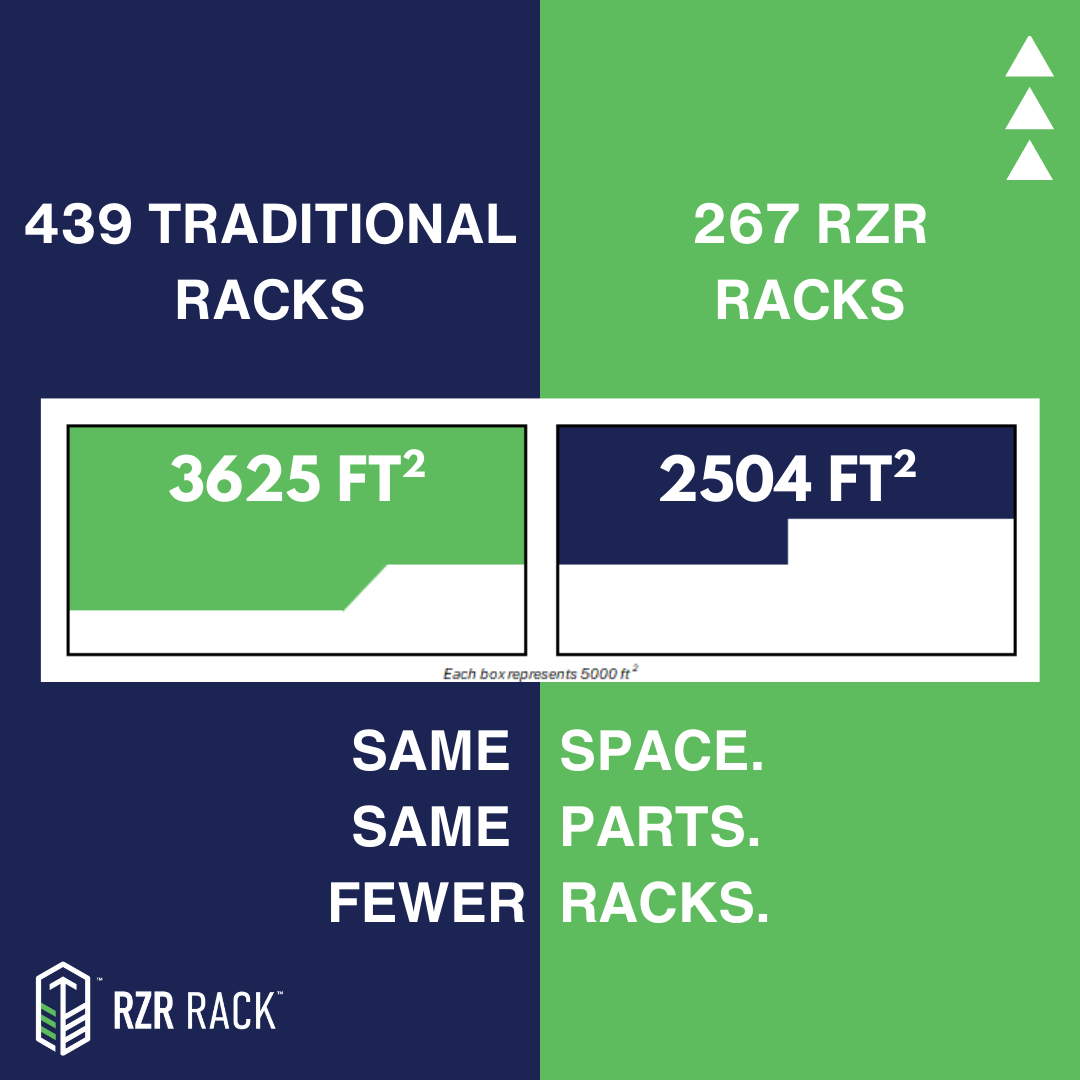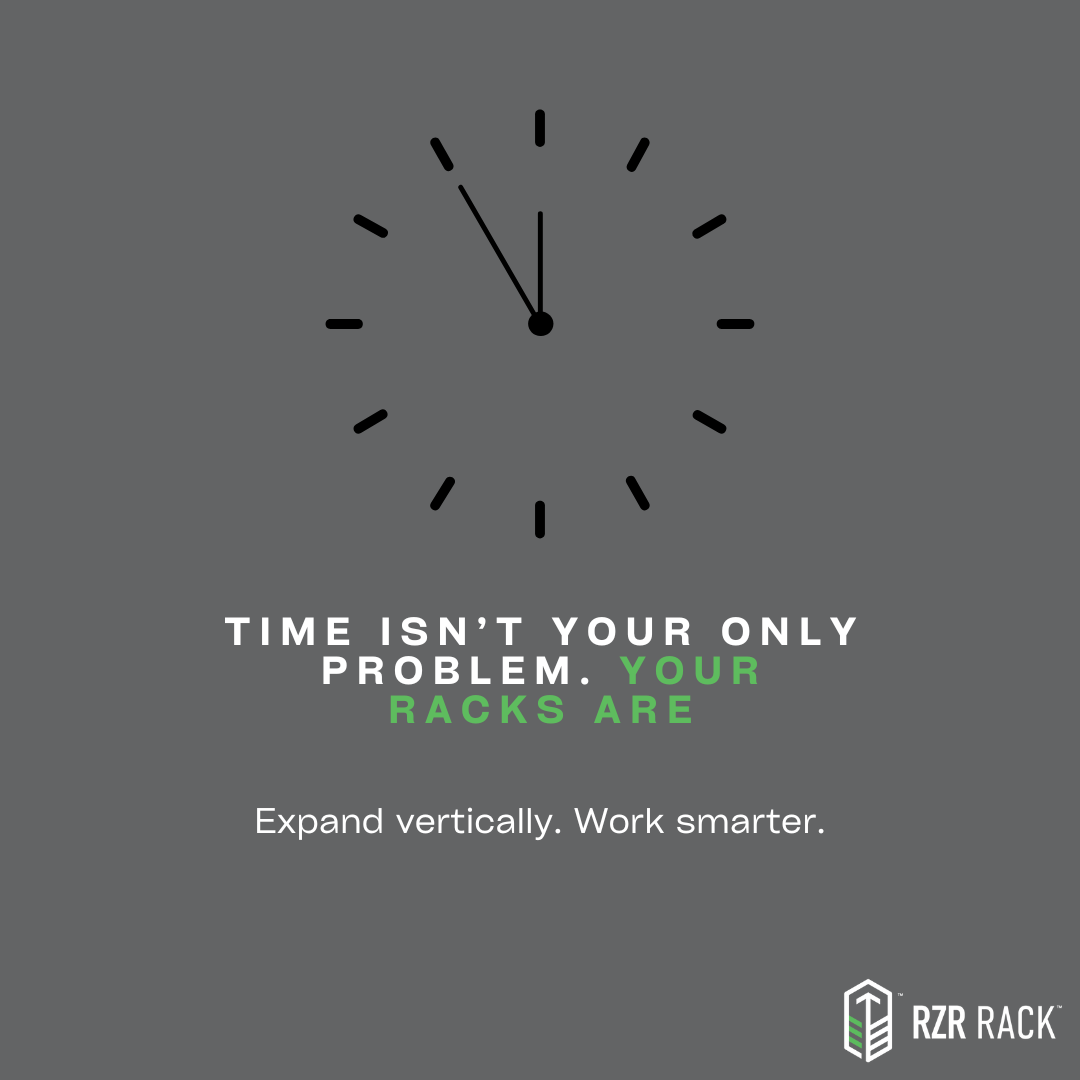The manufacturing industry is facing a significant challenge: labor shortages. As demand for skilled workers increases, many manufacturers are struggling to find and retain qualified personnel. This shortage not only impacts production but also drives up labor costs, affecting the overall profitability and efficiency of manufacturing operations. Additionally, as we discussed in our previous blog post on tackling space constraints, some facilities have turned to offsite warehouses to manage inventory. While this approach addresses space issues, it further exacerbates labor costs due to the additional manpower needed for transportation and logistics. In this blog post, we will explore the causes of rising labor costs, the impacts on manufacturing, and potential strategies to mitigate these challenges.
The Causes of Rising Labor Costs
1. High Turnover Rates: Manufacturing jobs often experience high turnover rates due to the physical demands of the work, lack of career progression opportunities, and better job prospects in other industries. High turnover leads to increased recruitment and training costs as manufacturers continuously seek to replace departing employees.
2. Increased Overtime Expenses: With fewer workers available, existing employees are often required to work overtime to meet production demands. While overtime helps bridge the gap, it also results in higher labor costs due to overtime pay rates, which are typically 1.5 to 2 times the regular hourly wage.
3. Competitive Wages and Benefits: To attract and retain workers, manufacturers are compelled to offer higher wages and better benefits. While these incentives can help reduce turnover, they also contribute to the overall increase in labor costs.
4. Training and Onboarding Costs: New hires require training and onboarding, which can be both time-consuming and costly. As the need for skilled workers grows, so does the investment in training programs to ensure new employees are adequately prepared for their roles.
The Impacts of Rising Labor Costs on Manufacturing
1. Reduced Profit Margins: Increased labor costs directly impact the bottom line, reducing profit margins. For manufacturers operating on thin margins, this can be particularly challenging, leading to potential cutbacks in other areas of the business.
2. Production Delays: Labor shortages and the need for overtime can lead to production delays. When there aren’t enough workers to meet production schedules, manufacturers may struggle to fulfill orders on time, affecting customer satisfaction and potentially leading to lost business.
3. Quality Control Issues: Overworked employees and high turnover rates can impact the quality of products. Exhausted workers are more prone to mistakes, and frequent changes in personnel can lead to inconsistencies in production processes and quality control.
4. Increased Operational Costs: Beyond wages, rising labor costs encompass additional expenses such as recruitment, training, and overtime management. These costs can strain operational budgets and limit the ability to invest in other critical areas such as technology and infrastructure improvements.
Strategies to Mitigate Rising Labor Costs
1. Automation and Technology Integration: Investing in automation and advanced manufacturing technologies can help reduce reliance on manual labor. Robotics, AI, and machine learning can perform repetitive tasks, improve efficiency, and reduce the need for a large workforce. While the initial investment may be high, the long-term savings and productivity gains can offset rising labor costs.
2. Cross-Training Employees: Implementing cross-training programs allows employees to perform multiple roles within the manufacturing process. This flexibility can help cover labor shortages, reduce the need for overtime, and improve overall workforce efficiency.
3. Enhancing Employee Retention: Focusing on employee retention strategies can help reduce turnover rates and associated costs. Offering competitive wages, career development opportunities, and a positive work environment can enhance job satisfaction and loyalty among employees.
4. Streamlining Processes: Optimizing and streamlining manufacturing processes can improve efficiency and reduce the need for additional labor. Lean manufacturing principles, such as eliminating waste and improving workflow, can help maximize the productivity of the existing workforce.
5. Outsourcing Non-Core Tasks: Outsourcing non-core tasks, such as administrative functions or specialized services, can free up internal resources and reduce labor costs. This allows manufacturers to focus on their core competencies while benefiting from the expertise of external providers.
Conclusion
Labor shortages and rising labor costs present significant challenges for the manufacturing industry. By understanding the causes and impacts of these issues, manufacturers can implement strategies to mitigate their effects. Investing in automation, enhancing employee retention, cross-training staff, streamlining processes, and outsourcing non-core tasks are all viable approaches to address rising labor costs.
As the manufacturing landscape continues to evolve, staying ahead of these challenges will be crucial for maintaining competitiveness and profitability. At Diverse Global, we are committed to helping manufacturers navigate these complexities with innovative solutions designed to optimize efficiency and reduce costs.
About Us:
At Diverse Global, we understand the unique challenges faced by manufacturers and are dedicated to providing solutions that drive efficiency and productivity. Our RZR Rack, with its vertical expansion capability, is designed to help manufacturers optimize their operations. Contact us to learn more about how our solutions can benefit your facility.


